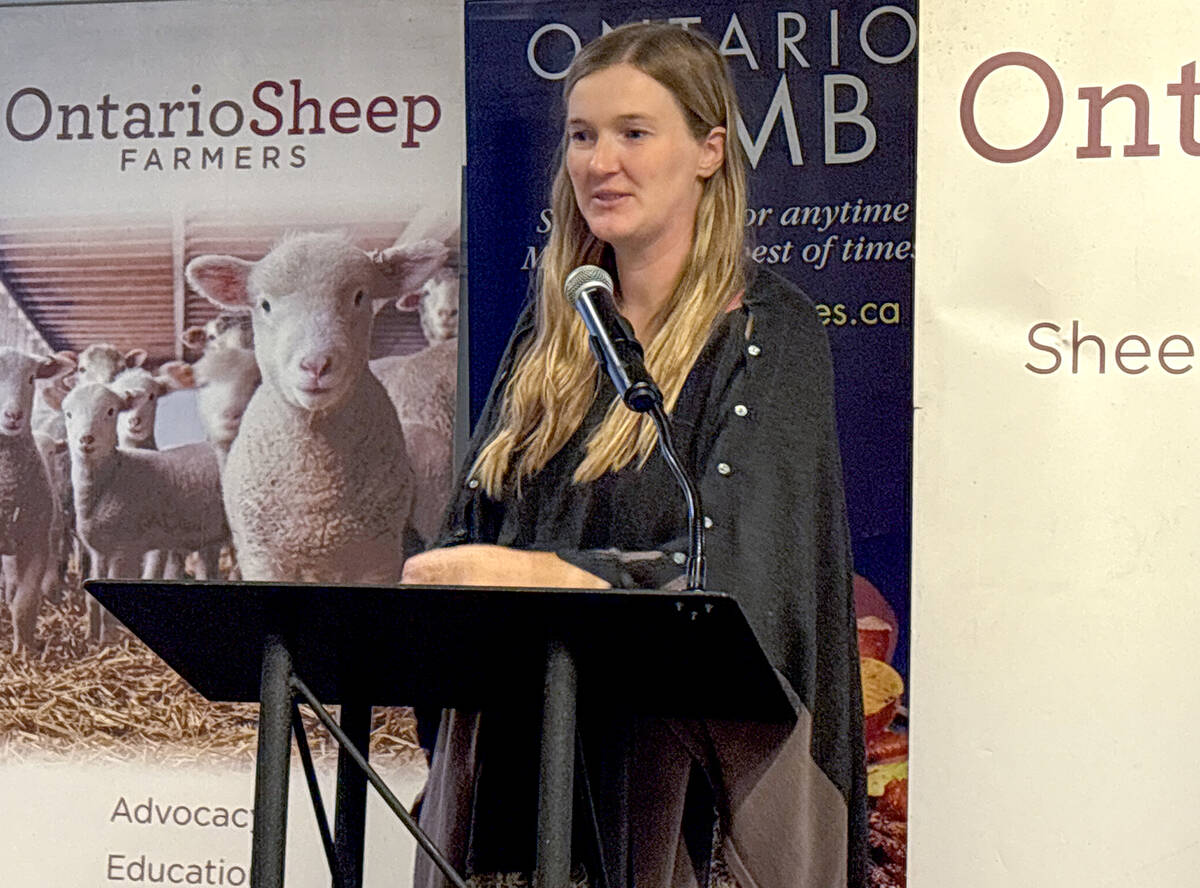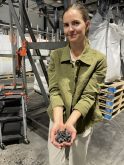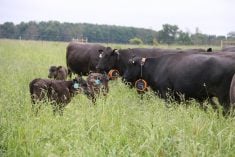Soils are home to diverse microbial communities that cycle nutrients, support agriculture and trap carbon, an important service for climate mitigation. Globally, around 80 per cent of Earth’s terrestrial carbon stores are found in soils.
A new study led by Jane Lucas, a community ecologist at Cary Institute of Ecosystem Studies, investigated the interactive effects of rising temperatures and a common livestock antibiotic on soil microbes.
The research team found that heat and antibiotics disrupt soil microbial communities, degrading soil microbe efficiency, resilience to future stress and ability to trap carbon.
Read Also

Footflats Farm recognized with Ontario Sheep Farmers’ DLF Pasture Award
Gayla Bonham-Carter and Scott Bade, of Footflats Farm, win the Ontario Sheep Farmers’ 2025 DLF Ontario Pasture Award for their pasture management and strategies to maximize production per acre.
“Most studies of soil health examine only one stressor at a time,” says Lucas. “Here, we wanted to explore the effects of warming temperatures and antibiotics simultaneously, to get a sense of how two increasing stressors impact soils.”
Monensin was selected because it is a common antibiotic with expanding use on cattle farms. Like many antibiotics, Monensin is poorly metabolized; much of it is still biologically active when it enters the environment through animal waste.
The team collected samples of prairie soil from preserved land in northern Idaho that was free of grazing livestock. Vegetation cover at the collection site, primarily tallgrass prairie, represents typical livestock pasture without inputs from cattle waste.
Soil samples were treated with either a high dose, low dose or no dose of the antibiotic. These were heated at three different temperatures and left to incubate for 21 days. Temperatures tested (15, 20, and 30 C) represented seasonal variation plus a future warming projection.
Researchers found that with rising heat and antibiotic additions, bacteria collapsed, allowing fungi to dominate and homogenize and resulting in fewer total microbes and less microbial diversity overall.
Antibiotics alone increased bioavailable carbon and reduced microbial efficiency. Rising temperatures alone increased soil respiration and dissolved organic carbon. Increases in these labile carbon pools can lead to a reduction in long-term carbon storage capacity.
The study also found that heat and antibiotics increased microbial respiration, decreasing efficiency. Essentially, microbes have to work harder to survive when they are in a hot, antibiotic-laden environment. Decreased microbial efficiency can cause soils to store less carbon in the long term.
As soil microbes work harder to process carbon, less is converted into a stable organic form, which would become trapped in the soil. Instead, more carbon dioxide is released into the atmosphere as a gas. This effect could turn an important carbon sink into a carbon source, exacerbating climate change effects.
“This work aligns with the ‘One Health’ approach,” Lucas concludes.
“Agriculture, the environment and public health are inextricably linked. Understanding how multiple stressors shape soil microbes is critical to supporting soil health in the face of global change. If we do not manage for interactive effects, things like soil carbon storage capacity and crop production could be jeopardized.














